Stretching nearly 700 miles through the Rocky Mountain states of Wyoming, Montana, and North Dakota, the Yellowstone River is renowned as the longest undammed river in the lower 48.
From its headwaters in the Absarokas to where it joins the Missouri, it flows freely without dams. This article provides insights into recreational activities, historic sites and ecology along the Yellowstone River.
Learn about opportunities for whitewater rafting, fishing and wildlife viewing. Explore the river's significance to Native American tribes and early explorers. Gain an understanding of its importance as an undammed ecosystem.
By learning about the Yellowstone River's cultural and natural values, its challenges and ongoing preservation, visitors can better appreciate this landmark American waterway.
The Untamed Majesty of the Yellowstone River
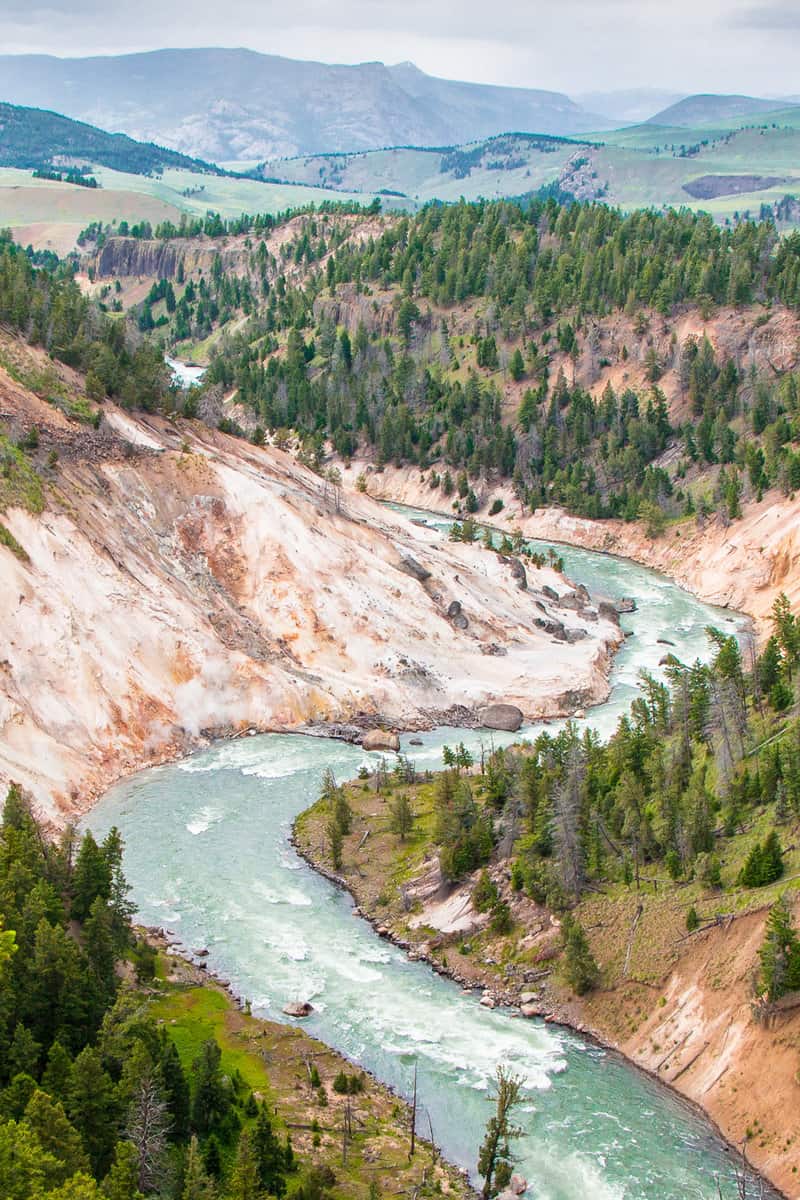
The Yellowstone River stretches over 692 miles, making it the longest undammed river in the contiguous United States.
It flows through the picturesque landscapes of Wyoming, Montana, and North Dakota, meandering its way from its source in the snow-capped peaks of the Absaroka Range.
Numerous tributaries, such as the Lamar River, Gardner River, and Bighorn River, are fed the river, contributing to its majestic flow.
The Yellowstone River's Historical Significance
The Yellowstone River holds immense cultural and historical importance.
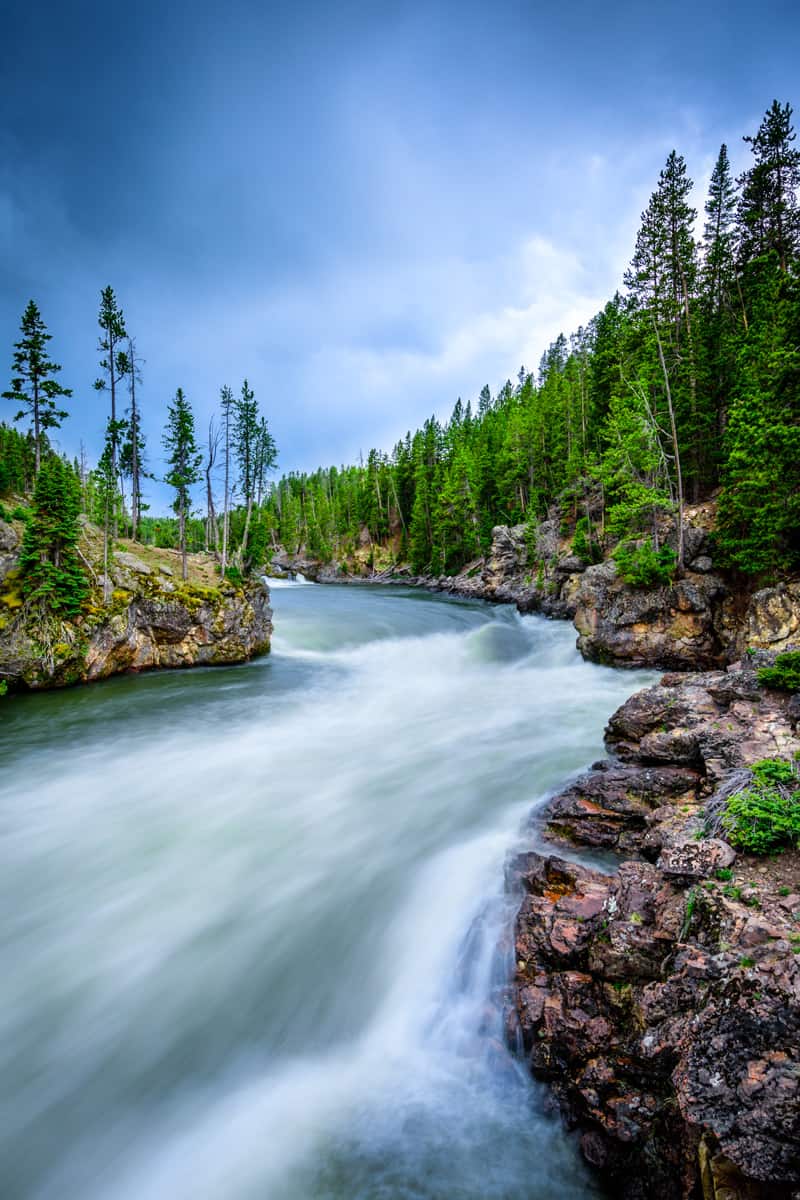
Indigenous peoples have long revered the river as sacred, with tribes like the Crow, Cheyenne, and Sioux having strong connections to its waters.
In the early 19th century, renowned explorers Meriwether Lewis and William Clark embarked on their famous expedition and followed the Yellowstone River, witnessing its untamed beauty.
The river was crucial in westward expansion, serving as a vital transportation artery for early settlers and fur traders.
The Environmental Importance of the Yellowstone River
One of the Yellowstone River's defining features is its undammed status. Unlike many other rivers in the United States, it remains unobstructed by dams, allowing for the natural ebb and flow of water.
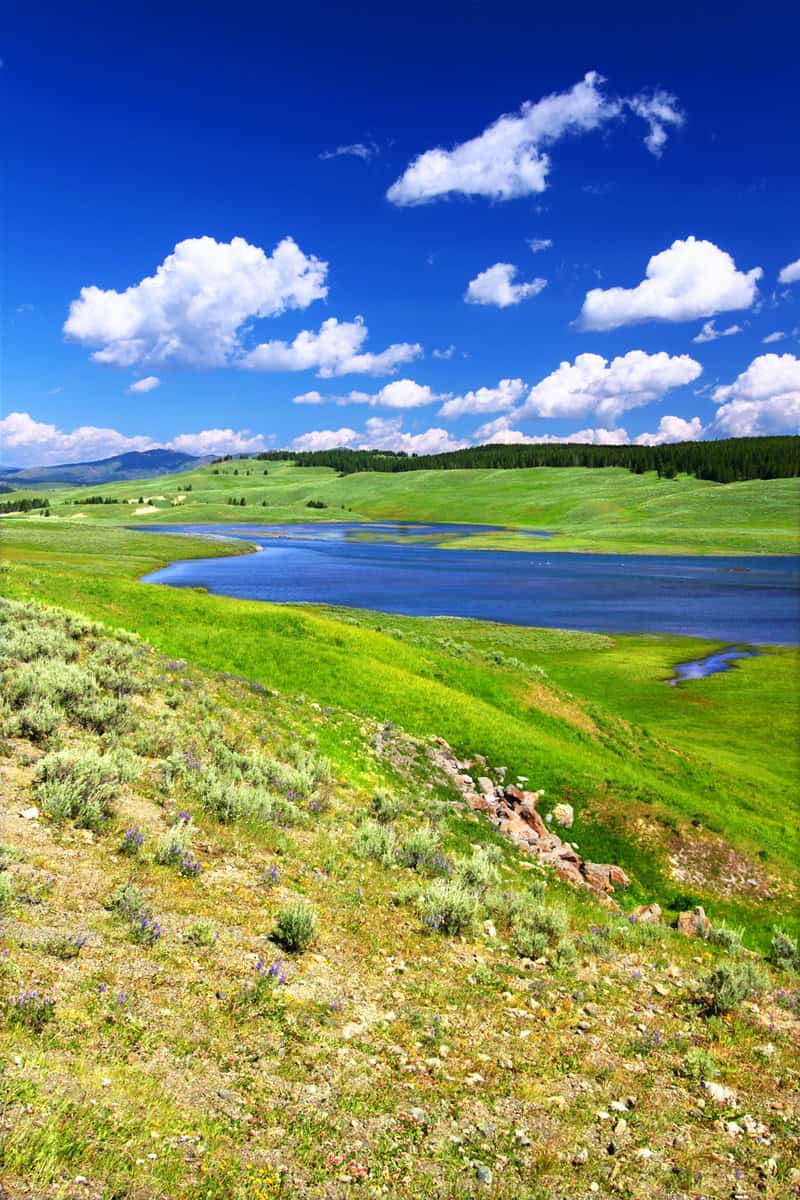
This undammed state has ecological benefits, as it supports the free movement of fish and sediment, maintaining the river's dynamic ecosystem. The Yellowstone River is renowned for its rich biodiversity, hosting species such as this famous Yellowstone cutthroat trout:
@wc_visuals No fish eats a dry better than a Cutt! Have you ever caught one? Let me know what kind in the comments!⬇️ #fish #flyfishing #trout #water #outdoors #fyp #native ♬ Back Home Again - John Denver
Moreover, you can find mountain whitefish, bald eagles, ospreys, and grizzly bears here.
The Recreational and Economic Value of the Yellowstone River
The Yellowstone River offers a plethora of recreational opportunities. Thrill-seekers can embark on exhilarating whitewater rafting and kayaking adventures, challenging the river's rapids.
Fishing enthusiasts flock to the river's waters, lured by the promise of exceptional angling experiences. The surrounding landscapes provide ample opportunities for outdoor activities, including hiking, camping, and wildlife observation.
The river's natural beauty and recreational opportunities contribute significantly to the tourism-driven economies of local communities, providing employment and economic benefits.
Preserving the Legacy
Numerous organizations are dedicated to conserving the Yellowstone River's natural heritage, such as:
They work tirelessly to protect the river's ecosystem and promote sustainable practices.
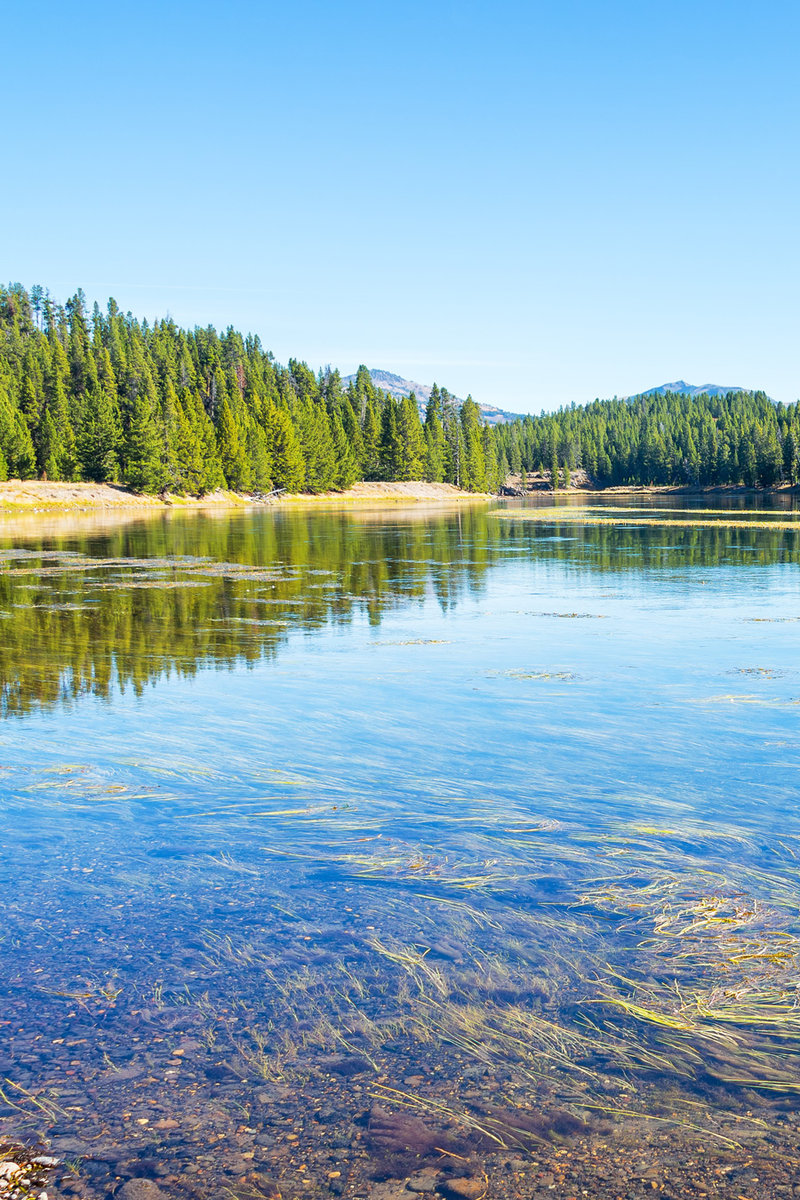
However, striking a balance between conservation and development remains a challenge. Efforts are underway to address issues such as water pollution, habitat degradation, and the impact of climate change on the river's delicate ecosystem.
Embracing sustainable solutions and fostering collaboration are key to ensuring the long-term preservation of the river.
Exploring the Yellowstone River Region
Fishing Opportunities
- Popular fish species found in the Yellowstone River include trout, sturgeon and various salmonids.
- Spring through early fall offers the best trout fishing opportunities. Late summer is a popular time for wading and fly fishing.
- Fishing access points are located throughout the river valley. Some well-known locations include areas below Livingston, MT and the river's confluence with the Bighorn River in Wyoming.
- Catch-and-release is required for some species. Check current regulations. Lures, flies or live bait work depending on conditions.
Paddling/Kayaking
- Common multi-day trips run 70-150 miles over 4-7 days between access points like Livingston to Park City, MT. Scenic sections are between Billings and Laurel, MT.
- Popular launch sites include Gardiner and Cooke City, MT. Take-outs are at Park City and Laurel. Shuttles can be arranged between sites.
- May through September is the main paddling season. River flows vary annually, so check conditions before trips. Permits may be needed for passage through Yellowstone National Park.
Camping
- Campgrounds along the river include Those Hollow in Billings, MT and Yellowstone River State Park in Glendive, MT. Several campgrounds in surrounding national forests also provide river access.
- Private campgrounds like River's Edge near Laurel offer amenities along the waterways. Sites feature firepits, restrooms and some shoreline spots.
Historic Sites
- Fort Yellowstone in Billings is a restored military post from the 1800s. Castles Rocks HC in Montana marks a Mandan village site.
- Pompey Pillar National Monument near Billings contains the earliest written record of the Yellowstone River region.
- Other landmarks relate to ranching, fur trapping and Native American histories throughout the valleys. Check with local visitor centers.
Scenic Vistas
- Overlooks offering impressive Yellowstone River views are at Pictograph Cave State Park and Pompey Pillar.
- Hike to the Alkali Creek Trail overlook near Columbus or the General Creek Picnic area outside Roberts, MT, for great photos.
- Shoreline trails at Yellowstone River State Park near Glendive showcase the valley landscape.
Town Highlights
- Billings, MT, is the largest city along the river and a good base for exploring. Try breweries like Red Lodge Ales.
- Livingston has charming historic downtown and park areas bordering the water. Great restaurants.
- Glendive is the last Montana town along Yellowstone and the site of DinosaurTrail: hike or bike paths.
Wildlife Viewing
- Spring and early summer in riparian areas are prime for viewing beavers, bald eagles and osprey nesting.
- Migrating deer and pronghorn antelope frequent river breaks in fall. Prairie dogs are seen year-round near Glendive.
- Look for bighorn sheep in rocky outcrops in summer around Pompey Pillar and bison herds in Yellowstone National Park near Gardiner, MT.
Recent Challenges
This gem, the Yellowstone River, has not been without its challenges.
Over 48 hours between June 12-13, 2022, heavy rain and snowmelt led to historic flooding as rivers and streams surpassed their flood stages, resulting in epic flooding and mudslides.
This event had a significant impact on the river's ecosystem, causing damage to habitats and water quality.
A year later, on June 25, 2023, the river faced another challenge when a freight train derailed in Stillwater County, Montana, causing a bridge to collapse and multiple cars to plunge into the river.
The derailed cars leaked chemicals, such as molten sulfur and hot asphalt, into the river, posing an environmental hazard.
Emergency responders swiftly arrived at the scene to contain the hazardous materials spill, while water treatment facilities in three cities, including Billings, implemented protective measures and advised residents to conserve water.
Ongoing investigations aim to determine the causes, develop preventive measures, and protect the Yellowstone River and its ecosystem.
The Timeless Tale of the Yellowstone River
The Yellowstone River is a quiet testament to America's natural beauty and history.
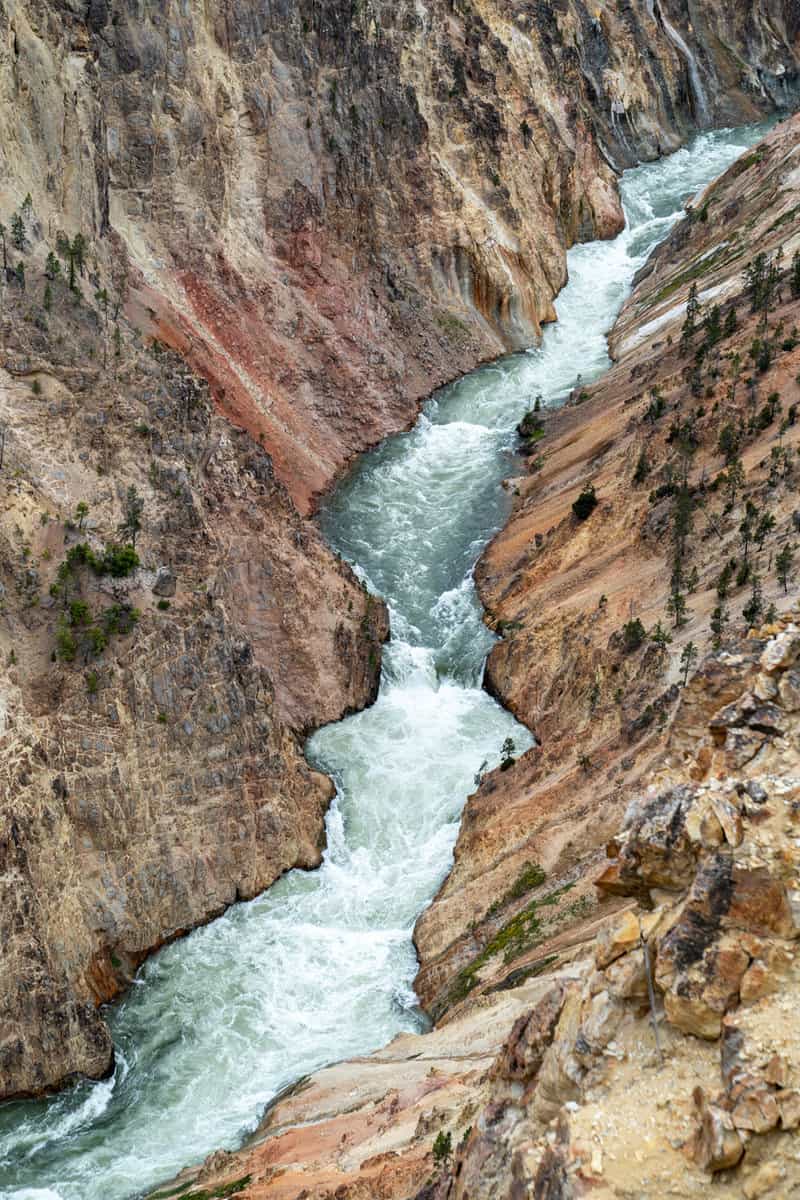
Its gentle flow supports a rich tapestry of life, offering both adventure and moments of serene reflection.
As we stand on its banks and appreciate its calm presence, it's a poignant reminder of our collective responsibility to ensure its story continues unhindered for future generations.
Experience the wonders of US rivers, explore below:
This Florida River Near Orlando Illuminates at Night
7 Essential Tips for Jordan River Rafting in Summer
